History of immigration from Papua New Guinea
They make their food: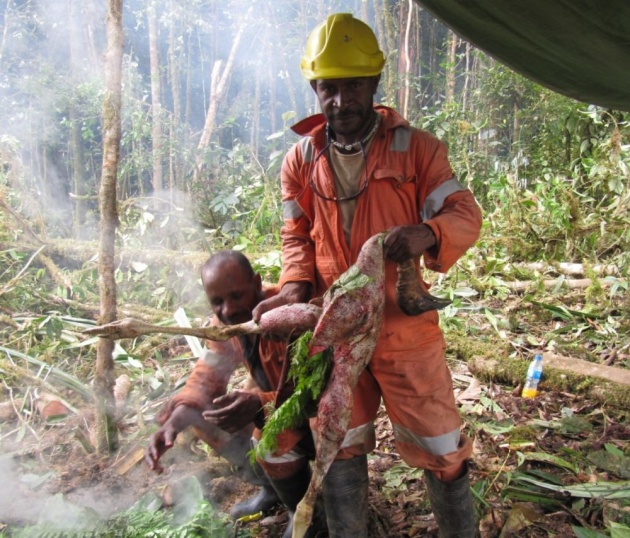
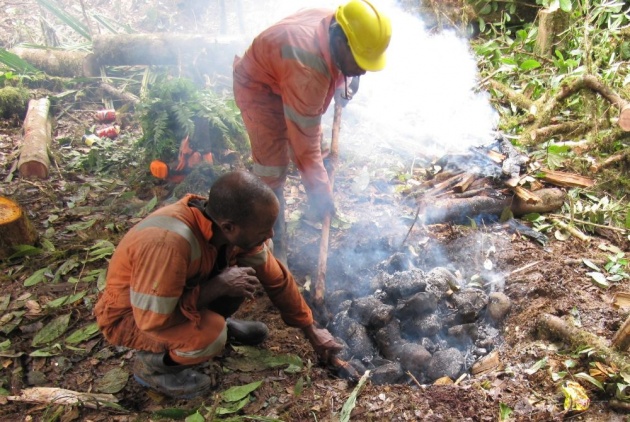
System of Government
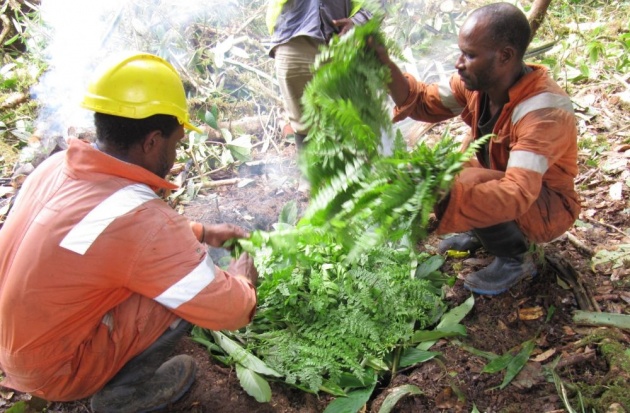
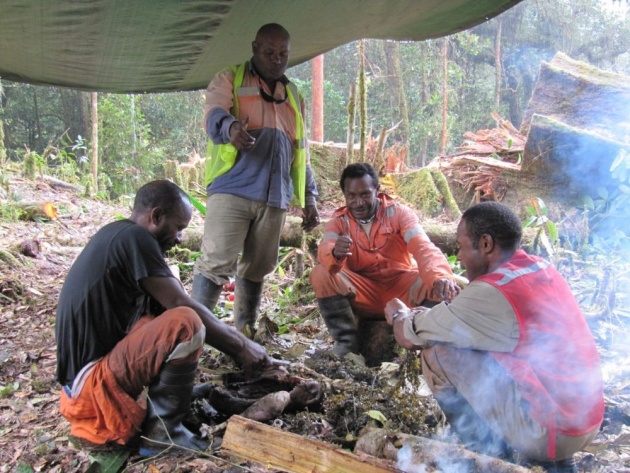
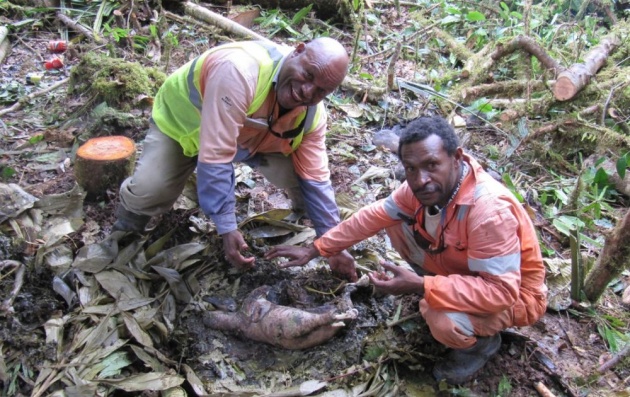
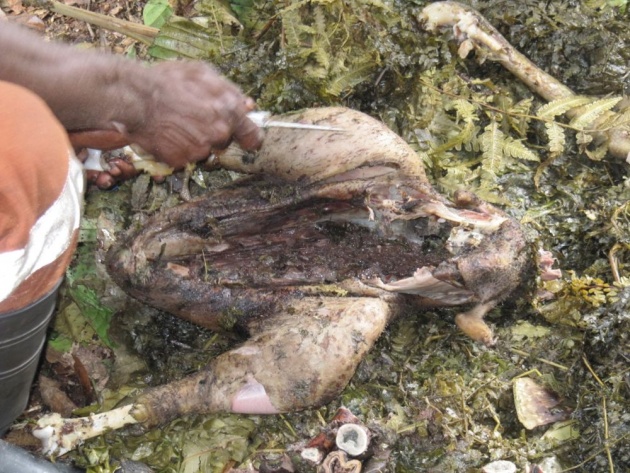
Culture of Papua New Guinea:
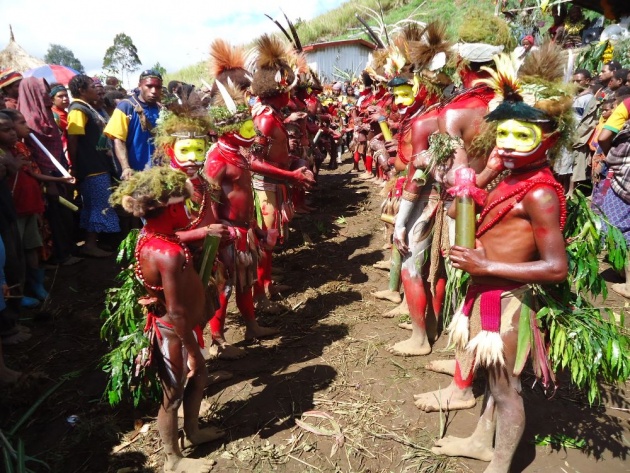
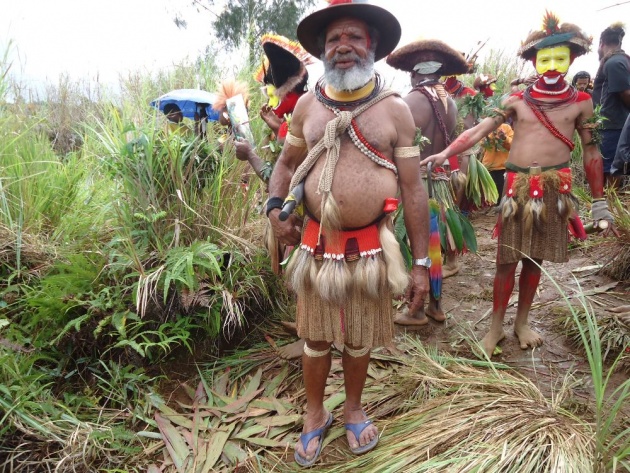
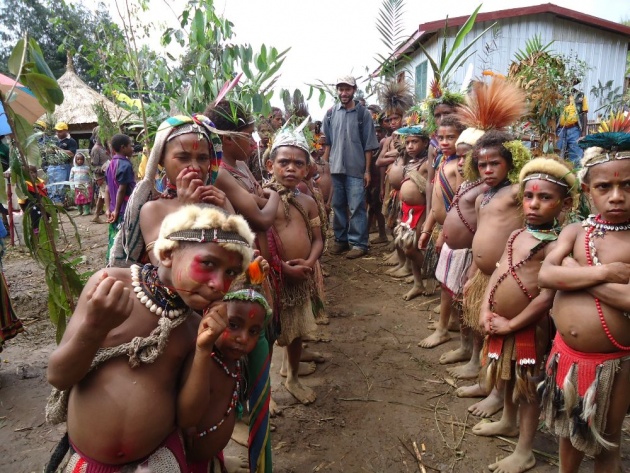
Literature:
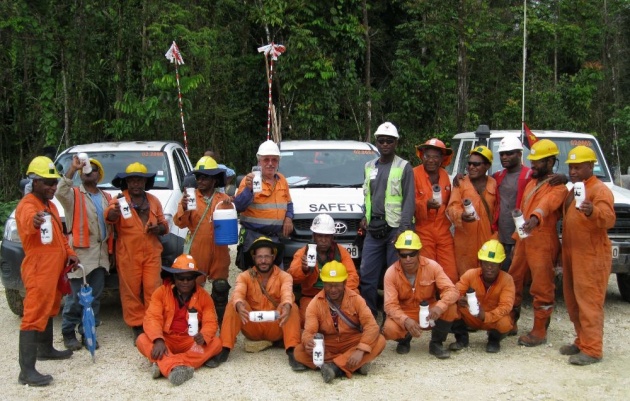
Agriculture:
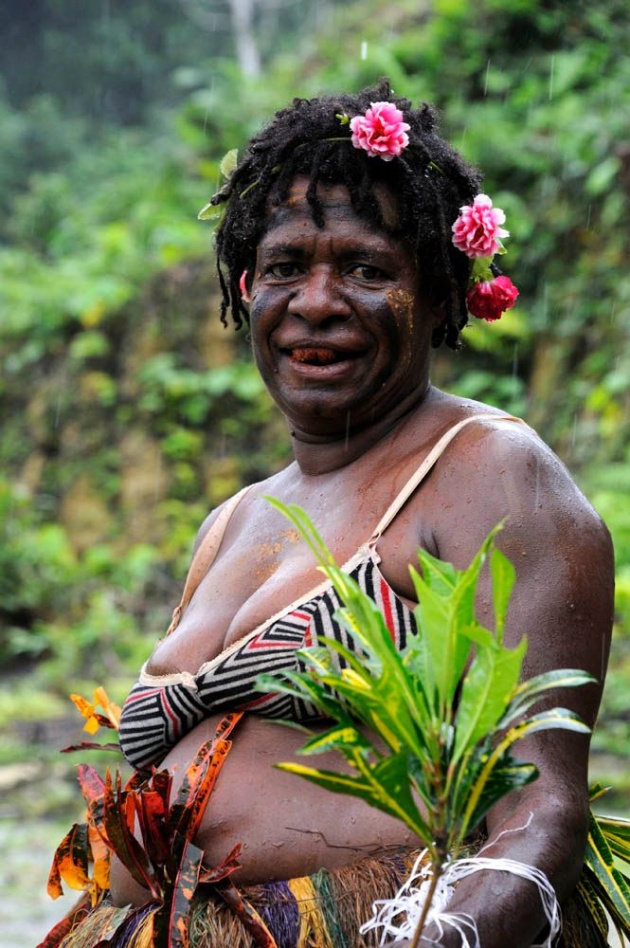
People to people links:
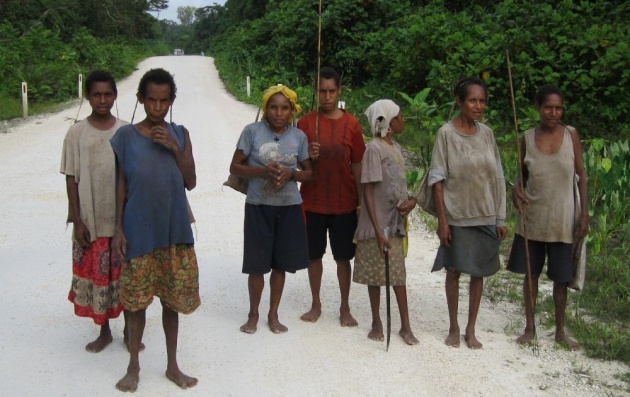
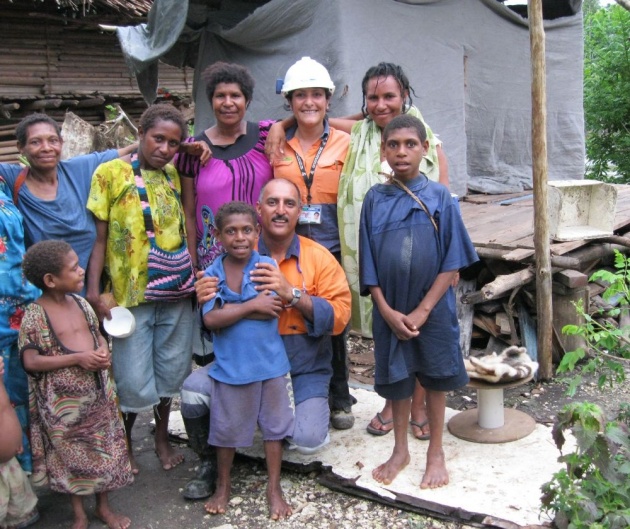
General information:
Posted on at
Name : AMAD KHAN Father’s Name : SHAMIM KHAN Date birth : 02 March 1992 Education : B.tec Pass in CIVIL ENGINEERING. (PRESTON UNIVERSITY) kpk Nationality : Pakistani Marital Status : Single Religion : Islam Language : English, Urdu and Pashto. Domicile : SWABI N. I. C. No : 16203-0345103-7…
Subscribe 0